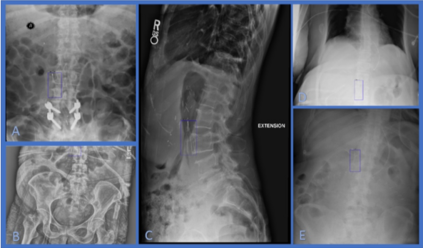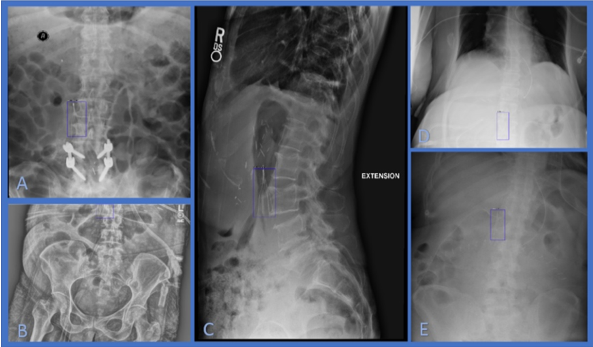Executing machine learning (ML) pipelines in real-time on radiology images is hard due to the limited computing resources in clinical environments and the lack of efficient data transfer capabilities to run them on research clusters. We propose Niffler, an integrated framework that enables the execution of ML pipelines at research clusters by efficiently querying and retrieving radiology images from the Picture Archiving and Communication Systems (PACS) of the hospitals. Niffler uses the Digital Imaging and Communications in Medicine (DICOM) protocol to fetch and store imaging data and provides metadata extraction capabilities and Application programming interfaces (APIs) to apply filters on the images. Niffler further enables the sharing of the outcomes from the ML pipelines in a de-identified manner. Niffler has been running stable for more than 19 months and has supported several research projects at the department. In this paper, we present its architecture and three of its use cases: an inferior vena cava (IVC) filter detection from the images in real-time, identification of scanner utilization, and scanner clock calibration. Evaluations on the Niffler prototype highlight its feasibility and efficiency in facilitating the ML pipelines on the images and metadata in real-time and retrospectively.
翻译:由于临床环境中的计算资源有限,缺乏高效的数据传输能力,难以在放射图像上实时执行机器学习(ML)管道,因此很难在放射图像上实时执行机器学习(ML)管道,因为临床环境中的计算机资源有限,而且缺乏在研究集群上运行这些管道的有效数据传输能力。我们提议采用Niffler这一综合框架,通过高效查询和检索医院图片档案和通信系统(PACS)的放射图象,使研究集群能够执行ML管道。Niffler是一个综合框架,通过高效查询和检索医院图片档案和通信系统(PACS)的放射图象,使研究集群能够执行ML管道。Niffler利用数字成像和药物通信协议(DICOM)获取和储存成像数据,并提供元数据提取能力和应用程序程序接口,以便在图像上应用过滤器。Niffler进一步使ML管道以非确定的方式共享结果。Niffler进一步使ML管道的结果得以共享。Niffler能够运行19个多月,并支助了该部的若干研究项目。我们在本文中介绍其结构及其三个使用案例:实时从图像中进行低Vena cava(IVC)过滤检测,确定扫描利用,以及扫描时钟校正校准。对Niffler原型模型的评价强调其可行性和效率。







